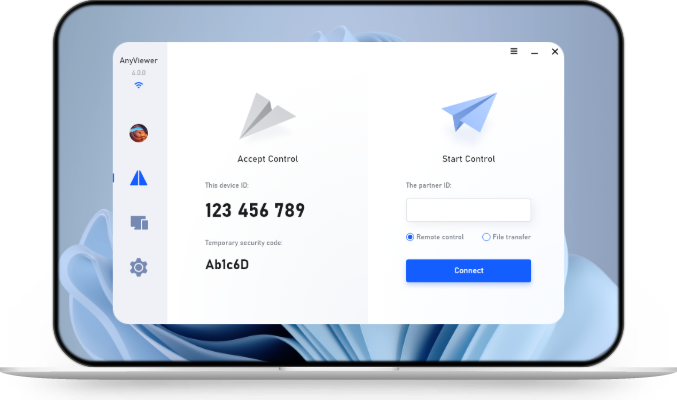Unlocking the Secrets: How Do Remote Controllers Work?
Dive into the fascinating world of remote controllers, exploring their functionality, components, and troubleshooting tips. Uncover the evolution of these devices and get a glimpse into the future of remote control technology.
Introduction
In the realm of modern technology, remote controllers have become an indispensable part of our daily lives. Whether it's changing channels on your TV or navigating through a presentation, these small devices play a significant role. Let's embark on a journey to unravel the mysteries behind remote controllers, from their basic functionality to the latest advancements.
What Is a Remote Controller?
A remote controller is not merely a tool to change channels; it's a testament to the evolution of technology. Initially designed for convenience, these devices have transformed over the years. Explore the journey of remote control technology and understand how it has shaped our interaction with electronic devices.
How Do Remote Controllers Work?
Remote controllers operate based on a straightforward principle. They transmit signals to electronic devices, instructing them to perform specific actions. The two primary technologies behind this communication are Infrared (IR) and Radio Frequency (RF). While IR is commonly used for line-of-sight applications, RF enables control even without direct visibility.
Components of a Remote Controller
Ever wondered what's inside that sleek, compact device? Remote controllers consist of various components, each contributing to their functionality. From the buttons you press to the batteries powering the device, every element plays a crucial role in ensuring seamless operation.
Common Issues: Remote Controller Not Working
Encountering issues with your remote? Fret not! This section provides troubleshooting tips to address common problems. From checking the batteries to ensuring a clear line of sight, these solutions will have you back in control in no time. However, there are instances when professional assistance is necessary, and we guide you on when to seek help.
Batteries: The Power Players
One of the most common culprits is often the simplest – check those batteries. Even with new ones, they might not be delivering the power your remote craves. Ensure they are correctly inserted and have sufficient charge. Sometimes, it's the small things that matter.
Line of Sight: Clearing the Path
Remote controllers communicate through signals, usually infrared or radio frequency. Obstructions can disrupt this communication. Make sure there's a clear line of sight between the remote and the device. Move away any objects that might be blocking the signals, allowing for seamless operation.
Infrared Sensor Issues
If the problem persists, it might be the infrared sensor on either the remote or the device. Dust or dirt can accumulate, hindering the sensor's functionality. A gentle cleaning might do the trick. However, if the issue persists, it's advisable to seek professional assistance for a thorough check-up.
Technical Glitches: Resetting the System
In our tech-savvy world, even the most reliable systems can face glitches. Consider resetting your remote and the paired device. This can often resolve connectivity issues and restore your remote to its responsive state. Consult your device's manual for specific instructions on resetting.
Advancements in Remote Control Technology
The future is here, and it's smart! Explore the latest advancements in remote control technology, including smart remote controllers and integration with voice commands. Discover how these innovations are revolutionizing user experience and ushering in a new era of convenience.
User Experience and Ergonomics
Beyond functionality, the design of remote controllers significantly impacts user satisfaction. We delve into the importance of ergonomic design and how it enhances the overall user experience. After all, a comfortable and intuitive remote can make a world of difference.
Conclusion
As we conclude our exploration into the intricacies of remote controllers, it's evident that these devices are more than meets the eye. From their humble beginnings to the era of smart technology, remote controllers have evolved alongside our needs. The future promises even greater convenience and innovation, making these devices an integral part of our technological landscape.
FAQs
- Why is my remote control not working even with new batteries?
Sometimes, it's not just about the batteries. Check for obstructions, and ensure there's a clear line of sight between the remote and the device.
- Can I use a remote control for multiple devices?
Many universal remotes can be programmed for multiple devices. Check the user manual for instructions on how to set it up.
- Are smart remote controllers compatible with all devices?
Compatibility varies. Smart remotes often work well with modern smart TVs and other connected devices, but it's essential to check compatibility before purchasing.

